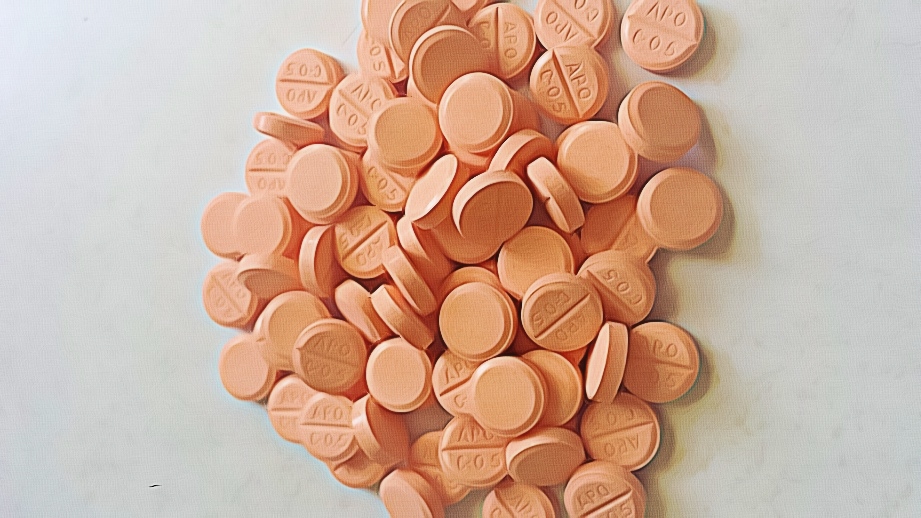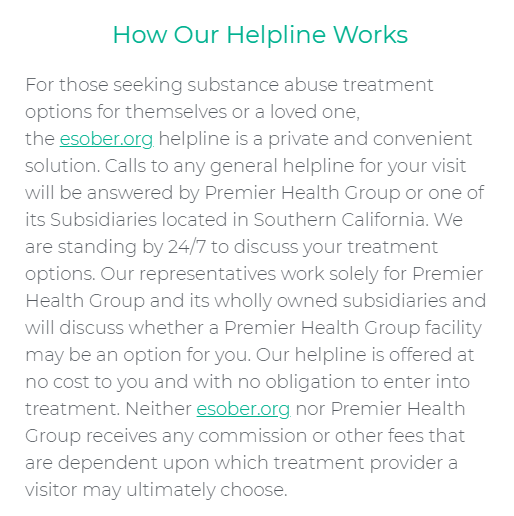Should you find yourself prescribed Klonopin and wish to learn more about its effects, or perhaps know someone who’s suffering from substance abuse, this comprehensive guide is for you. We talk about how long Klonopin can stay in the system, along with side effects, doses, and other concerns you need to know. Let’s start.
How long does Klonopin stay in your system?
Klonopin, also known as Clonazepam, is a drug prescribed to treat certain mental conditions, including anxiety, panic disorder, and even specific types of seizures. Although undeniably useful and helpful, most people end up developing a dependence on the drug, especially since tolerance slowly builds over time.
For these reasons, Klonopin is prescribed with extreme caution, heavily facilitated by a healthcare professional. A comprehensive treatment plan also ensures that the medicine is slowly tapered off after the patient recovers, effectively preventing dependence from ever occurring.
Klonopin is a type of benzodiazepine, which is a class of psychoactive drugs. It’s a drug that can alter the behavior of neurotransmitters, which are chemical messengers in your nervous system. Klonopin, like other types of benzodiazepines (also known as benzos), can regulate the neurotransmitter called gamma-aminobutyric acid (GABA).
GABA is responsible for inhibiting or blocking certain signals and activities in your brain. It’s associated with seizures, sleep, pain, and mood. Benzodiazepines like Klonopin work to boost the effects of GABA and induce feelings of relaxation and calmness. It helps manage conditions related to low levels of GABA such as insomnia, anxiety, and seizures. In other words, benzos act as tranquilizers and anticonvulsants.
Klonopin is generally taken once a day for sleep disorders, while they may also be used thrice a day for pain and seizures. The drug is immediately taken in and reaches peak effectiveness within 1 to 4 hours. Klonopin is a long-acting drug that can take effect for up to 12 hours, and the body may take several days to eliminate the drug.
The specific effects of Klonopin can vary per individual because of differences in body chemistry. Its effects may include an inability to focus, dizziness and lightheadedness, tiredness, drowsiness, and impaired coordination. While the drug is in effect, users must steer clear of activities that require a lot of focus.
It is an addictive drug, and many individuals who use it can develop a dependence on the drug. Withdrawal symptoms likely occur when users try to stop using the drug, especially after long-term use. Klonopin does have a long half life which means it can remain in one’s system for weeks. Here is a breakdown of how long Klonopin lasts.
1- Detecting Klonopin In Urine
Urine tests remain to be one of the most common forms of drug detection, especially when it comes to benzodiazepines. Once the body metabolizes the substance, one-fifth of the actual dose will remain in the urine, leading to positive test results even after four days after use. For heavy users, however, positive test results can happen even after a week of ingestion, there have been cases where it has been detected in urine up to a month.
Bear in mind that hydration can greatly affect the drug test, however, as high fluid can end up diluting the drug, thereby producing an inaccurate result. Metabolism can also affect the outcome of the urine test, which depends on age, gender, liver, and kidney conditions, as well as ethnicity.

A slow metabolism could yield a positive result, even after a long period since ingestion. Faster metabolism rates can quickly breakdown the drug, however, effectively reducing the detection period. However, it’s also important to note that urine tests can be further affected by other factors, including the following:
- Urine pH
- Duration of use
- Klonopin’s properties
- Body mass
Note: All these factors can contribute to both false positives and negatives.
2 – Detecting Klonopin In Blood Tests
Although undeniably more invasive than urine tests, blood tests are also necessary for determining the presence of benzodiazepines in the system. More often than not, they’re crucial to uncovering the situation, especially when an individual ends up being hospitalized.
Doctors may order blood tests, where they can fully assess if the person is intoxicated. Being unable to do so may result in a clashing of drugs, which can further place a patient in danger. These blood tests can detect the presence of Klonopin for up to a day of intake, but bear in mind that blood tests have a shorter detection window compared to urine tests.
3- Detecting Klonopin In Hair Tests
It may not seem like it, but detecting the presence of benzodiazepines through hair tests is possible. Once a person ingests Klonopin, the drug will accumulate in the outgrowths of hair follicles. This will be available on both the head and body hairs, where healthcare professionals are required to take up to 50 hair strands for testing.
Hair drug tests for benzodiazepines are officially known as benzodiazepine radioimmunoassay, where the presence of the substance can stay for up to four weeks after ingestion. Bear in mind that hairs grow roughly a centimeter in a month, meaning that hair tests performed right after ingestion will yield inaccurate results.
4 – Detecting Klonopin In Saliva Tests
Saliva tests are also used for drug testing and can detect the presence of benzodiazepines for up to 5 days. These tests are more effective than blood samples, as they have a longer detection period. However, they also have a shorter window compared to urine tests. For a successful test, users will be asked to provide a specific amount of oral fluid, to be then tested. Unfortunately, saliva tests are much more expensive, and therefore not commonly used.
What is a high dose of Klonopin?
Klonopin usually takes effect within one to four hours, which is why it’s not built for the short-term treatment of anxiety and seizures. Short-acting drugs such as Ativan and Xanax work much faster than Klonopin, taking effect within minutes after taking the drug.

The maximum adult dosage for Klonopin can range from 4 mg to 20 mg per day, depending on the condition being treated. Using multiple anticonvulsants along with Klonopin can lead to more adverse side effects and can affect the body’s ability to metabolize the drug.
Klonopin Side Effects
Although Klonopin alone does not hold much danger, taking it combined with other drugs can lead to serious side effects. Opioids and alcohol, in particular, lead to unprecedented effects, including dependence, abuse, and other chemical reactions.
It’s also important to note that taking Klonopin can also result in certain side effects, including the following instances:
- Dizziness
- Coordination problems
- Changes in sexual function
- Changes in sex drive
- Drowsiness
- Difficulty in remembering or thinking
- Changes in vision
- Unsteadiness or loss of balance
More serious side effects include the following circumstances:
- Anemia
- Dry mouth
- Chest congestion
- Hair loss
- Heart palpitations
- Runny nose
- Shortness of breath
- Swollen lymph nodes
- Excessive hair growth
- Skin rash
Such symptoms necessitate immediate medical attention, especially since they can mean the onset of a severe allergic reaction. Left untreated, it can lead to worsened conditions, such as seizures, coma, and body failure.
Dealing With Klonopin Addiction
Substance abuse has always been difficult to deal with, especially if it begins as a form of treatment for serious conditions. Klonopin is mainly prescribed for mental health conditions, but others end up developing a dependence that can lead to abuse. Unfortunately, most people end up abusing the substance further by mixing it with other drugs. All these can lead to serious repercussions, even death.
Sources:
https://www.ncbi.nlm.nih.gov/pmc/articles/PMC4782857/
https://www.accessdata.fda.gov/drugsatfda_docs/label/2013/017533s053,020813s009lbl.pdf




